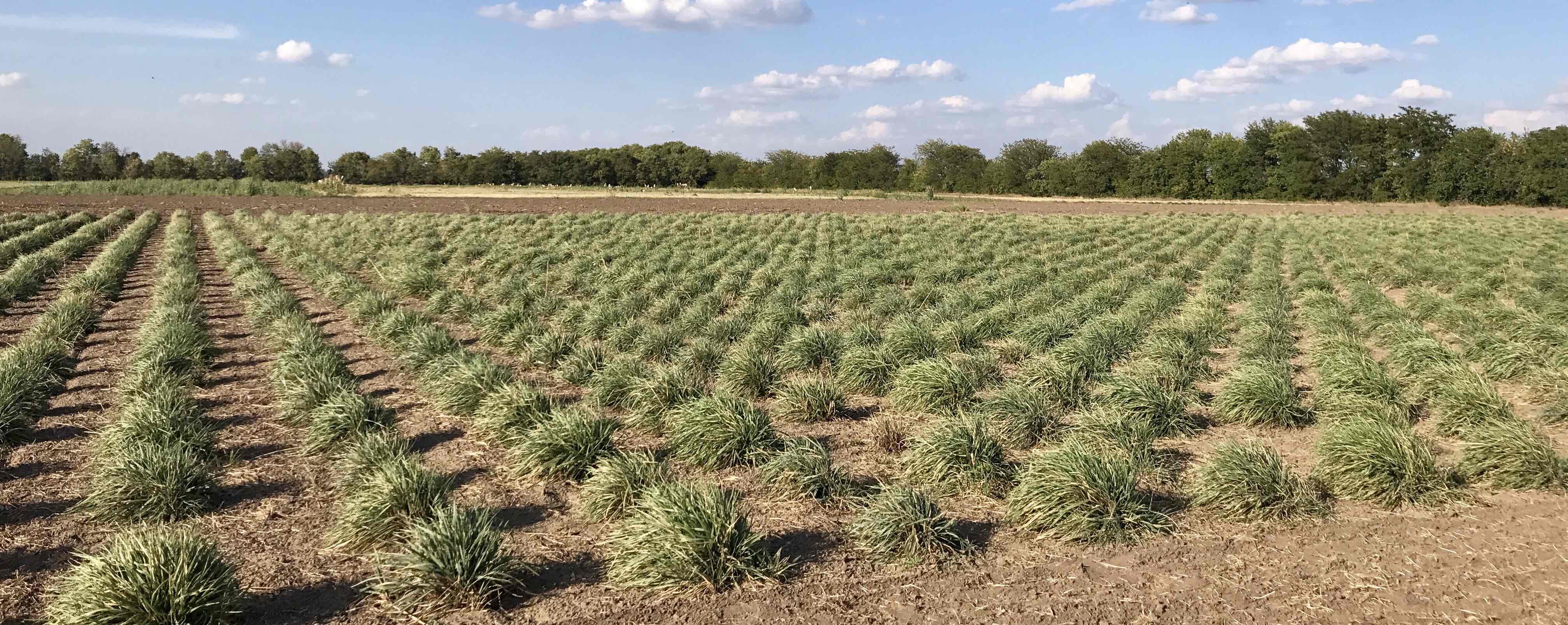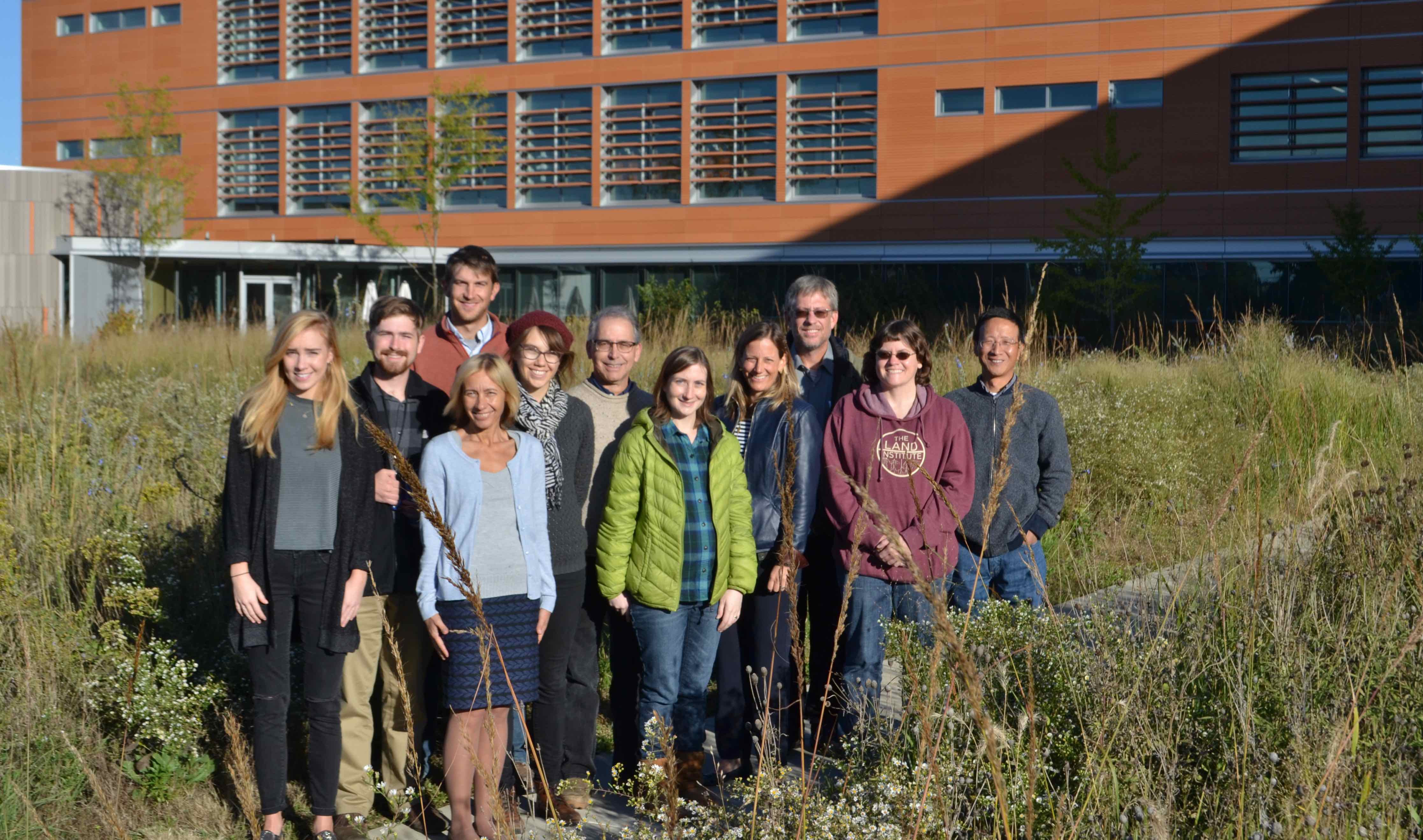In from the Wild: Global Inventory Project Targets Wild Perennials for Food
Food security is about feeding people, but it is also about being responsible stewards of the natural resources on which agriculture depends, including soil, water, and biodiversity.
Today, agriculture is the world’s largest ecosystem and the leading cause of biodiversity loss. It has contributed to a fifty percent reduction in the world’s topsoil in the past 150 years. What if there was a way to change that? The Danforth Center’s Dr. Allison Miller and her team want to try.
The Miller Lab is part of the Global Inventory Project, a collaboration of The Land Institute (Salina, KS), Missouri Botanical Garden, Saint Louis University, and the Danforth Center, which seeks to identify wild perennial plant species that are strong candidates for growth as food crops.

Kernza or intermediate wheat grass (Thinopyruym intermedium), a perennial relative of wheat, growing at The Land Institute (Salina, KS).
Why Perennial Crops?
Perennial plants live for multiple years and can be harvested many times over the course of their lifetimes. They offer many potential benefits in agriculture. They reduce tilling, thus reducing both production costs and erosion. They increase season-over-season yield. Perennials also create deep root systems, which fix carbon, reduce water needs, and help restore soil health.
Many perennial crops already exist in agriculture, such as fruit trees and some animal forage like alfalfa. However, nearly 70 percent of farmland is dedicated to annual agriculture, mostly in grasses (cereals), legumes (soy, beans), and oilseeds (sunflower, flax, etc.).

Scientists from The Land Institute visit the Danforth Center in October 2018 as part of the Global Inventory Project, a collaboration to identify wild perennials as potential crops.
Toward a Sustainable Future
Over the last 10,000 years humans domesticated a few thousand plants, of which only a handful provide the bulk of human calories today. Contemporary crops were selected primarily based on what they produced for humans. We now need to develop crops that will serve the environment as well.
The first step was cataloging the herbaceous perennials in these key families. After three years of hard work, answers are now available in a searchable database online, which is already informing global efforts to conserve natural biodiversity. Phase II will tackle identification of ideal candidates for perennial crop development and then initiate breeding and trials.
“We now know there are over 6,000 perennial species of beans,” says Miller. “Imagine the environmental impact if we could convert even a fraction of farmed soybean to a perennial crop.”